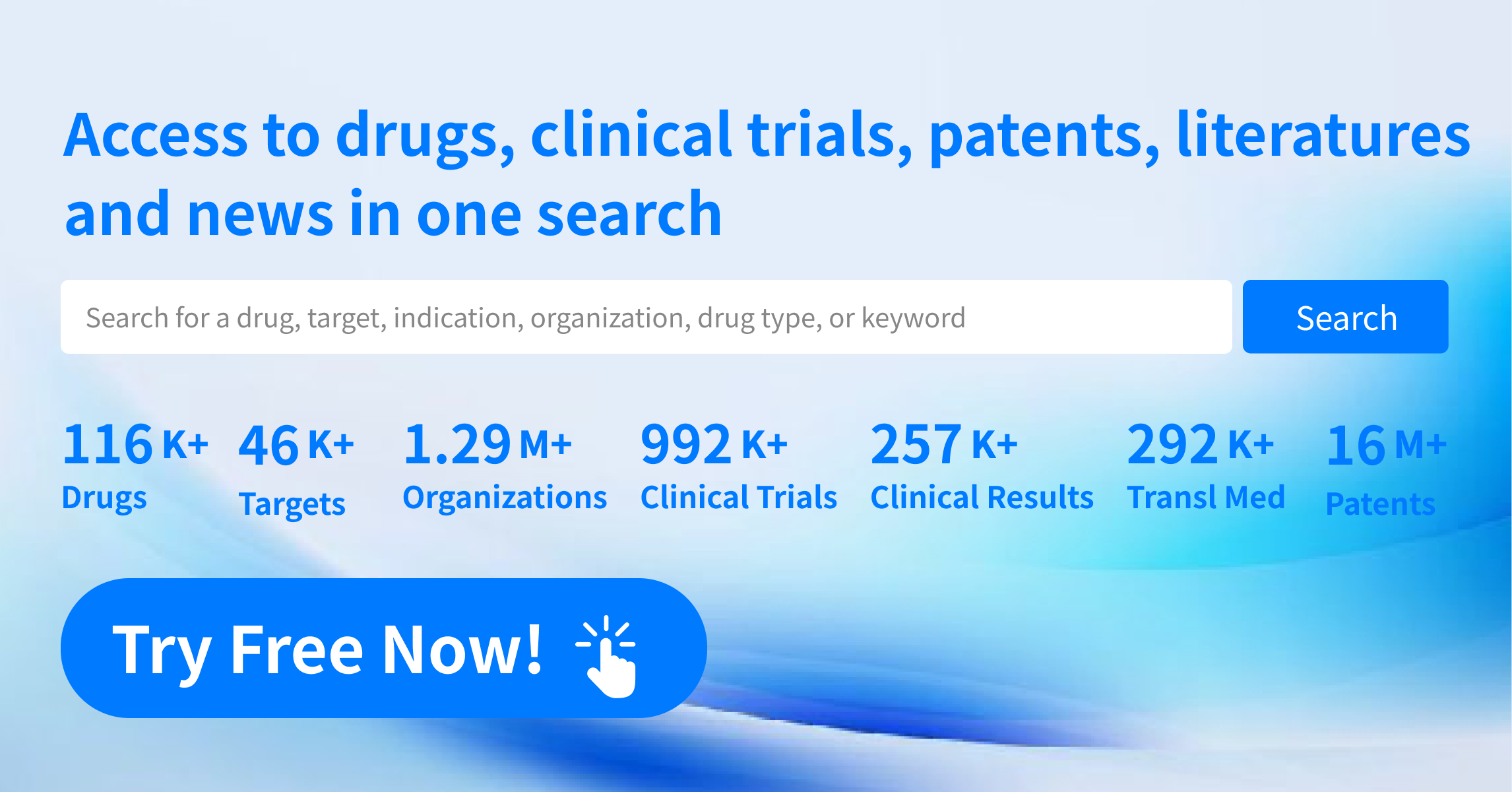Amyloid Still Central in Next-Gen Alzheimer’s Therapies
In the realm of Alzheimer’s disease research, significant advancements are being made. With 164 clinical trials evaluating 127 drugs currently in the pipeline, the field is experiencing substantial growth. Although initial research concentrated primarily on amyloid beta and tau proteins, these elements continue to be crucial in the treatment landscape, poised to play an essential role moving forward.
Previously, the bulk of Alzheimer’s research and drug development—about 75%—focused on anti-amyloid beta (Aβ) and anti-tau therapies. However, this paradigm has shifted drastically. According to Howard Fillit, co-founder and chief science officer of the Alzheimer’s Drug Discovery Foundation, today 75% of drugs in clinical development target mechanisms beyond amyloid beta and tau, addressing various age-related issues such as neuroinflammation, metabolic and mitochondrial disorders, and vascular problems.
The amyloid beta protein has long been implicated in Alzheimer’s disease, known for forming sticky plaques that are characteristic of this neurodegenerative condition. Despite the excitement surrounding the amyloid hypothesis, experts like Lisa Ricciardi, CEO of Cognition Therapeutics, argue that a single target approach is insufficient. Fillit supports the notion that future treatments will involve combination therapies, incorporating anti-amyloid strategies alongside other therapeutic mechanisms.
Optimizing drug administration and enhancing brain penetration are critical areas of focus. Biogen and Eisai’s Leqembi, along with Eli Lilly’s donanemab, are both antibody treatments aimed at clearing amyloid plaques. These drugs are administered intravenously, requiring regular hospital visits and imaging to monitor patient brain health. To alleviate treatment burdens, subcutaneous and oral therapies targeting beta-amyloid are under development. For instance, Aliada Therapeutics’ ALIA-1758, an antibody engineered for monthly subcutaneous delivery, is moving toward Phase I clinical trials.
Aliada’s approach targets pyroglutamate amyloid beta, employing the transferrin receptor to drive the antibody across the blood-brain barrier for enhanced plaque clearance. Similarly, Cognition Therapeutics is developing an oral small molecule, CT1812, which acts earlier in the amyloid cascade to prevent toxic oligomers from binding to brain synapses. This neuroprotective strategy aims to slow cognitive decline without removing existing plaques, which can sometimes cause brain vessel tears and swelling. Cognition’s Phase II trial involving 540 patients is ongoing, with results expected soon.
Roche is also exploring innovative delivery methods. After an unsuccessful attempt with an anti-amyloid antibody, the Swiss firm is now testing trontinemab, delivered via its Brainshuttle module, which utilizes the transferrin receptor for enhanced central nervous system exposure. Initial data indicates promising results in reducing amyloid plaques, suggesting this method may minimize risks associated with anti-amyloid therapies.
Safety remains a critical concern with current anti-amyloid antibody treatments, as approximately 20% of patients experience adverse events, though most are not severe. However, certain populations, such as those carrying the APOE4 gene variant or on anticoagulants, face higher risks and are often excluded from these treatments. Cognition’s trials, in contrast, are inclusive of a broader patient pool and have not reported amyloid-related imaging abnormalities (ARIA), conditions often associated with current antibody treatments.
In conclusion, while amyloid beta remains a significant target in Alzheimer’s research, the future of treatment lies in a multifaceted approach. Experts envision a precision medicine model incorporating combination therapies tailored to individual patient needs. As Fillit predicts, this approach will bring about a new era in Alzheimer’s treatment, enhancing efficacy and safety while broadening the scope of patient eligibility.
How to obtain the latest research advancements in the field of biopharmaceuticals?
In the Synapse database, you can keep abreast of the latest research and development advances in drugs, targets, indications, organizations, etc., anywhere and anytime, on a daily or weekly basis. Click on the image below to embark on a brand new journey of drug discovery!
